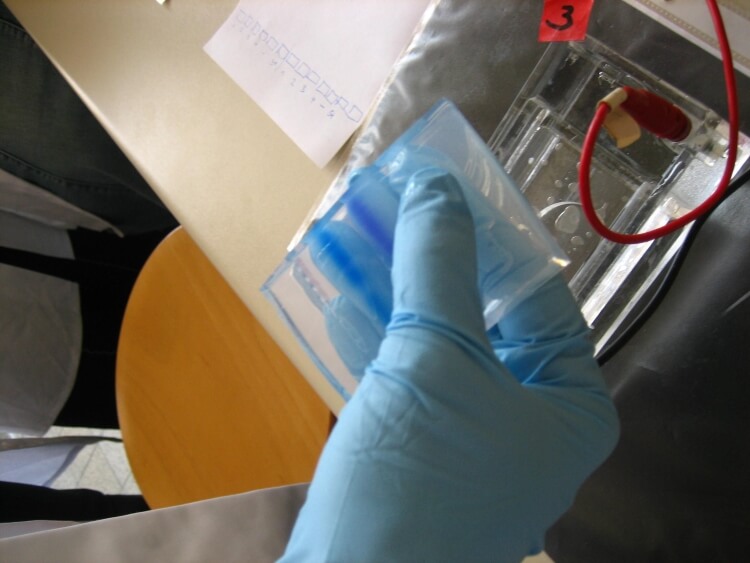mouse
ELISA kit for soluble receptor activator of nuclear factor-kB ligand,sRANKL
ELISA kit for soluble receptor activator of nuclear factor-kB ligand,sRANKL
ELISA Enzyme-linked immunosorbent assays Code 90320007 SNOMED
soluble receptor activator of nuclear factor-kB ligand,sRANKL
Mouse soluble receptor activator of nuclear factor-kB ligand,sRANKL ELISA Kit
The product is intended to be used for research purposes only and it is not tested for appliaction in diagnostics.
E05 478 566 350 170 or Enzyme-Linked Immunosorbent Assays,E05 478 566 350 170 or Enzyme-Linked Immunosorbent Assays
After delivery, the specialists from Gentaur/Genprice recommend you to store the product Mouse soluble receptor activator of nuclear factor-kB ligand,sRANKL ELISA Kit between two and eight degrees Celsius to keep the quality and activity of the reagents included in the kit.
Aplha, transcription related growth factors and stimulating factors or repressing nuclear factors are complex subunits of proteins involved in cell differentiation. Complex subunit associated factors are involved in hybridoma growth, Eosinohils, eritroid proliferation and derived from promotor binding stimulating subunits on the DNA binding complex. NFKB 105 subunit for example is a polypetide gene enhancer of genes in B cells.FAS ligand and other ligands are binding to the receptor for signaling pathways for example in apoptosis or JNK signaling. Receptor agonists are often tested for drug development.The receptors are ligand binding factors of type 1, 2 or 3 and protein-molecules that receive chemical-signals from outside a cell. When such chemical-signals couple or bind to a receptor, they cause some form of cellular/tissue-response, e.g. a change in the electrical-activity of a cell. In this sense, am olfactory receptor is a protein-molecule that recognizes and responds to endogenous-chemical signals, chemokinesor cytokines e.g. an acetylcholine-receptor recognizes and responds to its endogenous-ligand, acetylcholine. However, sometimes in pharmacology, the term is also used to include other proteins that are drug-targets, such as enzymes, transporters and ion-channels.
